All Photos: Alan Mercer
Native Texan Ron Ely was born Ronald Pierce Ely. He grew up in Amarillo, Texas and attended Amarillo High School. There is a letter sweater from him in the trophy cases saved from a 1970 fire in the older school. He attended The University of Texas at Austin in mid-1950s and was in ROTC. He soon made his way to California. After signing with 20th Century Fox in the late 1950’s, Ron appeared in small roles in several films and television shows.
Ron Ely played the title role in the TV series ‘Tarzan’ and in two movies made from that series in 1970. He refused to use a stunt double in his vine-swinging or animal fights and was often injured. It has been noted that Ron's physical appearance and dialogue were much more like those of Edgar Rice Burroughs' character than could be said for any other Tarzan.
He won the role of Tarzan in 1966 after playing various bit-parts, including an airplane navigator in the 1958 film ‘South Pacific’ and a guest-starring role on Barbara Eden's first television series, the romantic comedy ‘How to Marry a Millionaire.’ Ron's height at 6' 4" and athletic build also won him the title role in the 1975 film ‘Doc Savage,’ as well as various guest shots. In a 1978 ‘Fantasy Island’ episode, for example, Ron portrayed Mark Antony in a Roman military short tunic and breastplate that displayed almost as much of his physique as his Tarzan costume had.
From 1960-61, Ron Ely starred in the series ‘The Aquanauts.’ In the 1980s, Ron hosted the musical game show ‘Face the Music.’ Additionally, he hosted the 1980 and 1981 ‘Miss America Pageants,’ replacing longtime host Bert Parks. He replaced Lloyd Bridges as ‘Mike Nelson’ in the last season of ‘Sea Hunt,’ from 1987-1988.
In the 1990s, Ron’s roles included a retired Superman from an alternate reality in the 1991 two-part episode ‘The Road to Hell’ of the ‘Superboy’ syndicated television series, and a big game hunter named Gordon Shaw in the 1992 episode ‘Tarzan the Hunted’ of the syndicated ‘Tarzán’ TV series starring Wolf Larson.
Until about 2001, Ron Ely made appearances on popular TV shows, his most recent being ‘Sheena’ and ‘Renegade.’ He is now retired from acting. In recent years Ron has embarked on a successful writing career and has penned two mystery novels featuring private eye Jake Sands: Night Shadows in 1994 and East Beach in 1995.
I’m the right age to remember Ron as Tarzan when I was a small boy. I loved that show. I continued to watch Ron in anything he did for the rest of his career. I’ve always appreciated his easy going charm. When I had the chance to take some photos and talk with Ron at the Hollywood Collectors Show, I was living out a fantasy. Ron Ely does not disappoint. He is gracious and kind and exudes a calmness and inner peace with a touch of restlessness now that his children are grown. Oh yeah, he is tall and extremely handsome...
AM: I didn’t realize you grew up in Texas.
RE: I was born in Hereford and lived in Tulia and Amarillo. Later I bought a house in Midland, Texas and I went to the University of Texas.
AM: When did you leave Texas?
RE: I left in my freshman year and came to California to check it out.
AM: Did you always want to be an actor?
RE: I wouldn’t say I always wanted to do it but I realized by the time I graduated from high school that I’d taken every speech and acting class that was available.
AM: So you must have already liked acting to take those classes.
RE: I did that because I could get good grades in those classes. It kept my GPA up. By the time I finished all that, I had a pretty good background.
AM: What did you study in college?
RE: I never got to my major because I hadn’t got that far yet. It was a toss up between petroleum engineering or radio/television. I was at the point of making that decision when I left school.
AM: Did you just decide to take a chance and audition for roles?
RE: I felt like a fish out of water in college. I felt like I was spinning my wheels. Actually I had a fraternity brother who asked me if I ever had any inclination to go to Los Angeles and act. I told him, “Yes, I’d thought about it.” So we began to talk about it. He already had the idea to come to LA in his head. We drove a car out together to be delivered. You used to do that back in the days when you could hitchhike. Actually I ended up driving the car to San Jose and hitchhiking back to LA.
AM: And you enjoyed that?
RE: It was as wonderful experience. It was in April with all the night blossoms making the air smell like perfume. When that hit me, I was a goner. I knew I was here to stay. No matter what, I would do something out here. Things fell into place for me. I made the right moves and did the right things. I worked with the right people.
AM: What year are we talking about?
RE: 1958.
AM: Did you start getting parts right away?
RE: The first part I got in anything was in ‘South Pacific.’
AM: That’s a good one.
RE: Yes it is. I had about five lines in that. I did work quite a lot.
AM: Was your height ever an issue?
RE: It was, but anytime they read me, I got the part. At the same time I was doing ‘South Pacific’ there was a process called the new talent program going on at 20th Century Fox. In this process they whittled down from 200 to 20. I made the cut each time. Then we did 10 short scenes for all the producers, writers, directors and everybody who was under contract at Fox. I don’t think they ever did it before or ever did it again after, but from that, they chose people to do a screen test for a contract. Only two of us were chosen to test and I was the only one given a contract. I did want to do television. I was very serious about it.
AM: Why did you want to do television so badly?
RE: I thought it was a way to work a lot. I went to Billy Gordon who was the casting director at Fox and asked him if I could do television. There was a show wanting me and I loved that show.
AM: What show was it?
RE: It was ‘Father Knows Best.’ Billy told me I was coming up on a contract renewal and we could let it drop. He said, “You can go into television and you can always come back.” So I went into television and worked in the last 'Playhouse 90' and lots of things I could have never done had I stayed under contract with Fox. Things just developed from there. I seem to have no control over what happens in my career.
AM: You were just riding your life, which is great.
RE: Exactly.
AM: Were you married during this time?
RE: I married my high school sweetheart. We were way to young and she was not comfortable out in California. However she ended up staying out here and married someone I introduced her to. He’s a great guy and I was really pleased about all that. I stayed single for a number of years until I met my wife. I started having my family late in life and that’s when I stopped acting. I wanted to raise my children. They are all up and ready to fly now or already flying.
AM: Do you find yourself with more time now?
RE: Yes, more time and able to involve myself in other things. I was so totally wrapped up in their lives.
AM: You have to be. That means you’re a good father.
RE: I was a good father. I know that from my own children and I know it from seeing other families. I coached everything so I see the other parents and what’s happening with those kids. I know I’m a good father and I know my wife is a great mother.
AM: The proof is how the kids turn out.
RE: Yes it is. My kids are all wonderful, kind people.
AM: Where did you film ‘Tarzan?’
RE: We filmed it in Brazil, Central America and Mexico. Don’t look too closely at the natives because the wigs don’t work sometimes. (laughter)
AM: Were you excited to get that part?
RE: Not really, excitement was a luxury I didn’t have. I was too busy from the get go. I stayed busy until the last day of shooting. It was a lot of hard work and a grueling show to produce.
AM: It was so extra physical. Did you like that part?
RE: I don’t remember if I liked it or endured it. I had so many injuries that it did become a matter of endurance.
AM: So were you happy when it ended?
RE: Quite frankly I don’t know that I could have even done anymore. I was mentally and physically worn out. At the very least I would have needed a few months to recover. My body was a wreck. I had so many muscle pulls and tears and busted shoulders, wrists and bones. Every part of me had been hurt. I pay for it today when I get out of bed in stages. (laughter)
AM: The work you did after ‘Tarzan’ was less difficult wasn’t it?
RE: Yes, I did a lot of films in Europe.
AM: You also hosted a game show in the 80‘s. Did you enjoy that?
RE: Yes, I was trying to break the stereotype of me being a high powered adventure guy.
AM: That reminds me, can you tell me about making 'Doc Savage?’
RE: I came back from Europe to do the film. I was halfway through it when I realized I had jumped from the frying pan into the fire! This character is even more iconic than Tarzan. It was huge at the time. It had so much industry wide attention. It was unbelievable. People from other studios were coming over to look at our dailies. The buzz about it was something else! They made a 20 minute short about the film to show to distributors. It was a home run. We finished principle photography and I went to Europe to make another film. When I finished it, I came back and saw the cut version. When we finished principle photography the hierarchy at the studio changed hands. The new guys didn’t want the product of the old guys so they cut off all the post production funding.
AM: Was there still a lot left to do?
RE: It still needed the special effects, editing and music and they couldn’t do any of it. George Pall had to go back to his old technique of doing special effects. The advanced editing techniques were denied us so they had to edit the old fashioned way. It was supposed to be John Williams music but ended up being John Phillips Sousa marches so the picture was totally changed. George Pal just reached over, patted me and said, “Sorry.” I was silent but they read my silence quite well.
AM: You have to really learn how to be resilient.
RE: Every actor has to learn that. They thing I tell anyone who is interested in acting, including my own children is if you’re going to be an actor, the first thing you have to get by is rejection. You have to understand it. It’s a little like baseball. If you hit the ball three times out of ten swings you have a pretty good batting average. The same is true with this business. If you get three out of ten jobs you go after, you’re doing fantastic. Most people don’t. It’s the same with life. If you’re going to stop your course of interest simply because someone rejects it, then you don’t have a prayer of succeeding. You can’t just depend on luck. Also you have to go out there for it. You have to put yourself on the line. No one is going to drag you out of the house to put you in a film.
AM: You also worked on 'Sea Hunt.’ What was that like?
RE: That’s when I really began to hang it up. My oldest was two years old and my next daughter had just been born. My wife and I talked about it and decided we could mange if I didn’t work other than writing. I stayed home so I could be with the kids all day long. I was able to coach all their teams and be at every function. I was there when they came home. I was never absent.
AM: What is your life like today?
RE: It’s been totally about my kids but my youngest graduated last May so they’re all out of college. My oldest is a lawyer. She went to law school and passed the bar the first time out. My kids need me less and less. My attention is beginning to drift away from such a constancy with them to a more eclectic set of interests.
AM: It’s time for things you always wanted to do but hadn’t made the time for yet.
RE: Exactly, I’m even thinking of taking up painting.
AM: Why not? You should!
RE: I really want to do that. I like so many things, but so many of those things are physical. I have to change my interests. I can’t do those physical things anymore. I’ve been under the knife so many times due to my past injuries that it really makes you change the course of your life.
AM: You are fortunate to be able to explore some new areas of interest.
RE: I like people too.
AM: Well that’s good because people are attracted to you.
RE: Maybe that’s what happened. You have a tendency to like people who like you.













































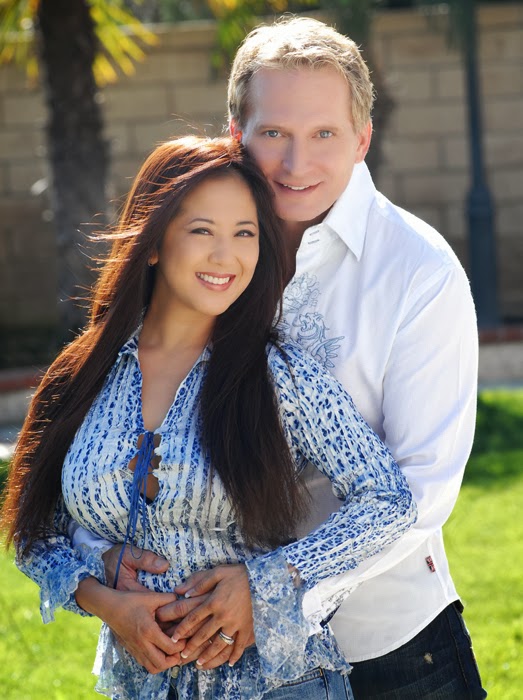




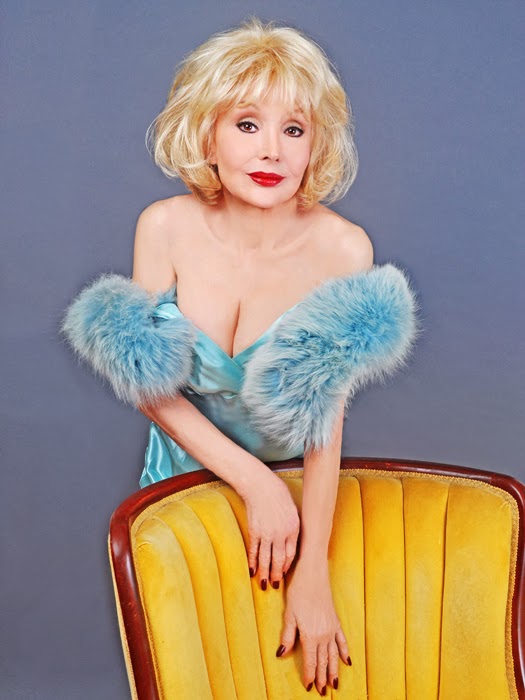

















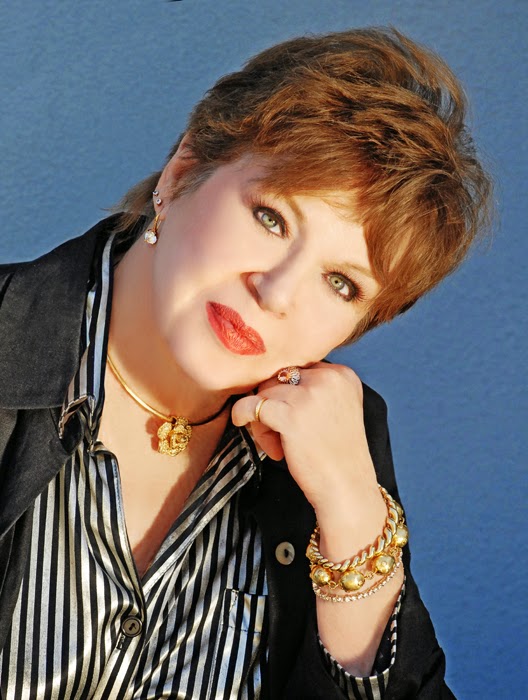

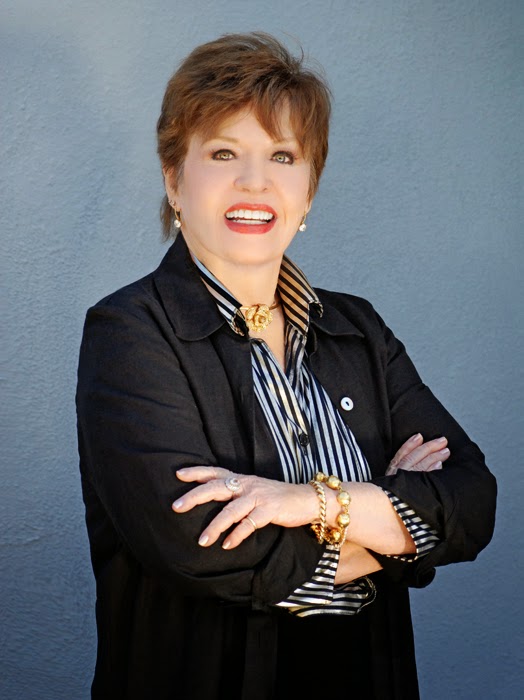

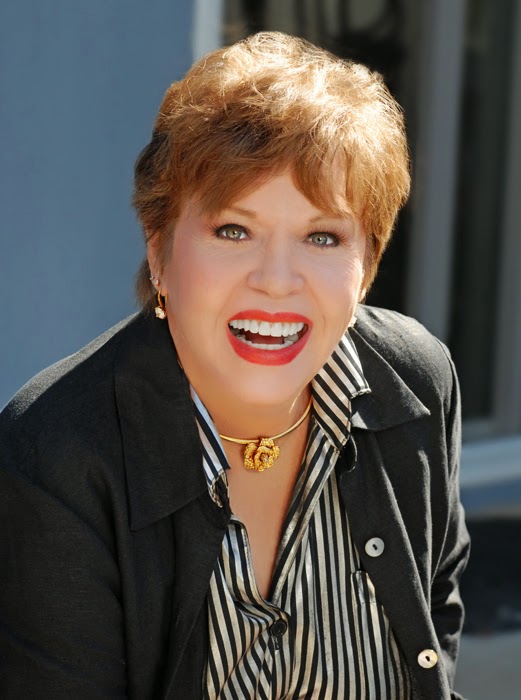






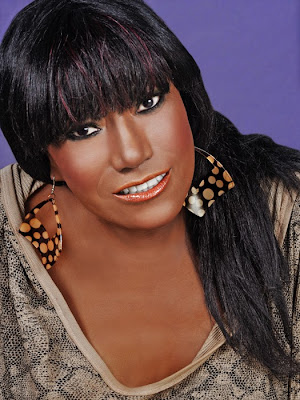
.jpg)
.jpg)
.jpg)
.jpg)
.jpg)
.jpg)























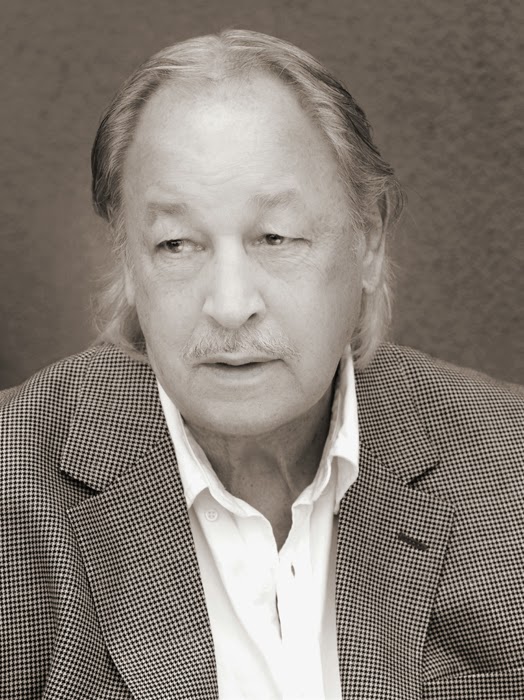


.jpg)
.jpg)
.jpg)
.jpg)


